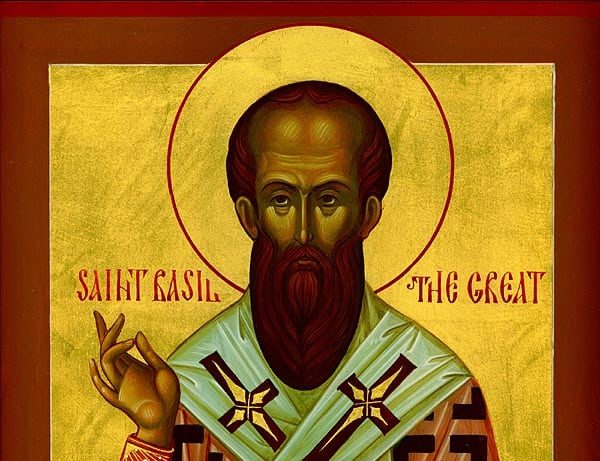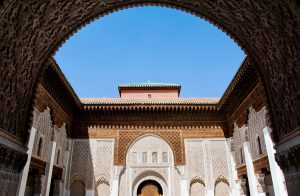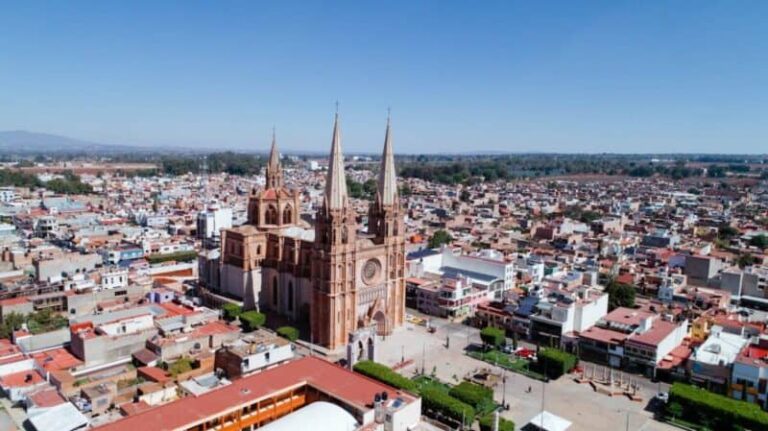Saint Symeon the New Theologian 10th C.
Saint Symeon the New Theologian was born in Galicia in 949, and he died on March 12, 1022. Saint Symeon was born into the Byzantine nobility and educated traditionally. At fourteen, he met Symeon the Studite, a renowned monk of the Monastery of Stoudios in Constantinople, who convinced Saint Symeon to give his own life to prayer and asceticism under the elder Symeon’s guidance. By the time he was thirty, Symeon the New Theologian became the abbot of the Monastery of Saint Mamas, a position he held for twenty-five years before being exiled. His most well-known disciple was Nicetas Stethatos, who wrote the Life of Symeon. Would you like someone to write a biography of you?
Saint Symeon Biography
The details of Symeon’s life come from his writings and the Life of Symeon, written by his disciple Nicetas. He was born at Basileion in Galatia in 949 to Byzantine nobility. Saint Symeon may have been named George, though we do not know for sure. He received a basic school education until eleven, when an uncle recognized that he had great scholarly potential. The uncle helped Symeon to complete his secondary education at the court of the emperor Basil II and his brother Constantine VIII.
At fourteen, he met Symeon the Studite, a holy monk of the Monastery of Stoudios in Constantinople. That meeting convinced the younger Symeon to forgo higher education and take on Symeon the Studite as his spiritual father. At that time, he began studying the life of prayer and asceticism under his guidance, with the desire to immediately enter the monastery. Symeon the Studite asked the young Symeon to wait before becoming a monk, so he spent the years until age twenty-seven serving in the household of a patrician, though according to some sources, he served the emperor instead.
Saint Symeon led a worldly life during the day; he reportedly spent his evenings in vigils and prayer, putting into practice the writings. It was during this time that Saint Symeon had his first experience of God as divine light, as he described later in one of his Discourses. When he was twenty-seven, he entered the Monastery of Stoudios, giving his life over completely to discipleship to his teacher Symeon the Studite.
Following the elder Symeon’s advice, Saint Symeon left for the nearby Monastery of Saint Mamas in Constantinople, which was described as run-down. During his time at Saint Mamas, he continued to follow Symeon the Studite’s guidance. Within three years after moving to Saint Mamas, Symeon was ordained as a priest and elected as the abbot of the monastery. He spent the next twenty-five years as abbot of Saint Mamas, attracting many monks and clergy with his sterling reputation.
In 1009, Saint Symeon was sent into exile. According to one account, he was left by church authorities without food in the middle of winter. He found a deserted and ruined chapel. Symeon remained at the Saint Macrina monastery, where many close disciples, both monks and secular people, gathered around him. Saint Symeon spent the last thirteen years of his life in exile, dying from dysentery on March 12, 1022. According to his biographer and disciple, Nicetas, Symeon foretold his death many years previously, and on his last day called together all the monks to sing the funeral hymns. Saint Symeon is one of four Eastern saints to be given the title “Theologian.”
Conclusion
It is great that Nicetas wrote a biography of Saint Symeon. It is an excellent source on his life, and for this reason, we know of this life from a thousand years ago. Saint Symeon shows that a person can rise to great heights, fall, and rise again. This is a lesson for us, an example too. Being made a Theologian is a great honor. He is recognized as a saint by the Eastern Orthodox Church and was spoken about positively by Pope Benedict XVI in 2009.







